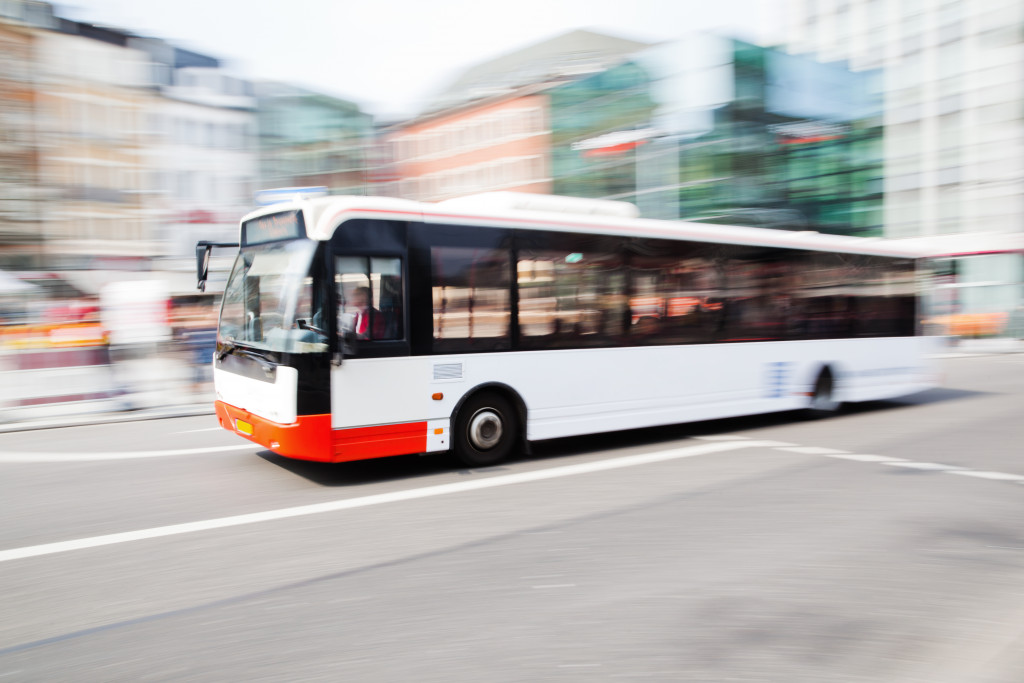- Transportation systems should consider traffic management strategies to improve safety, efficiency, and convenience.
- It is important to integrate financial planning with sustainability practices to develop effective and long-lasting transportation systems.
- To ensure that everyone can fully participate in the benefits of growth, it is important to address the community’s mobility needs.
- Investing in infrastructure requirements is crucial for driving community growth and fostering economic development opportunities.
As communities grow, efficient transportation systems become increasingly important to ensure people can get where they need to go quickly and safely. For a community’s transport system to be effective, several key considerations must be considered when planning the system.
Considering all these factors when developing a city’s transport system can help create an efficient network that meets the needs of its residents while also contributing towards environmental objectives.
Traffic Management Strategies
Traffic management strategies should always be considered key to achieving efficient and sustainable transportation systems for community growth. Traffic management strategies are planning, designing, operating, and monitoring traffic to maximize safety, efficiency, and convenience. These strategies are critical for balancing transportation modes and reducing congestion, ultimately impacting regions’ livability and economic vitality.
To properly consider these, it is important to research various traffic problems and solutions in the area. Understanding local factors contributing to traffic issues, such as land use, population density, and commuter patterns, can help communities identify the best traffic management solutions.
Community Necessities
Considering the community’s necessities is one of the most important steps when planning an effective transport system. Here are some things to consider:
Financial Planning & Sustainability

Financial planning and sustainability are crucial factors when aiming for efficient community growth. Proper financial planning involves considering all aspects of a project, including long-term costs, potential risks, and the overall impact on the community.
On the other hand, sustainability involves ensuring that growth is achieved in a way that does not negatively impact the environment or future generations. By combining both financial planning and sustainability, community leaders can create transportation systems that are efficient, effective, and sustainable.
It is important to note that investing in sustainable transportation systems not only benefits the environment and the community but also saves money in the long run. A thorough understanding and implementation of financial planning and sustainability practices are essential to achieving successful community growth through efficient transportation systems.
Mobility Needs
As populations expand, it’s important to address the transportation requirements of the community. Simply put, mobility needs refer to the ability of individuals and groups to move around a community efficiently and effectively. This is an important factor because mobility can become a major barrier to growth and development without proper planning.
By ensuring that mobility is carefully considered, communities can create transportation systems capable of meeting the needs of all their residents, regardless of age, ability, or socio-economic status. By doing so, they can create a more cohesive and inclusive community in which everyone can participate fully and enjoy the benefits of growth and development.
Infrastructure Requirements

Infrastructure Requirements play a critical role in the development of any community. This element focuses on creating and maintaining essential facilities and structures that support the community’s growth, including roads, bridges, housing, and utilities.
Considering these requirements when planning for future community growth is essential since it allows for efficient transportation systems. When a community developer builds and maintains good infrastructure, it supports transportation systems, making it easier for people, goods, and ideas to flow more efficiently in and out of the community.
Therefore, infrastructure is critical in promoting community growth and creating economic development opportunities. Investing in proper infrastructure can improve the quality of life for citizens, both in the present and the future, making it an essential factor in urban planning.
Environmental Impact
When creating efficient transportation systems for community growth, it’s crucial to consider the project’s environmental impact. Environmental impact refers to the potential effect that a transportation project can have on the natural world. Understanding these impacts is important to ensure that the community’s growth does not come at the expense of the environment.
The negative effects of transportation projects can include carbon emissions, habitat destruction, and a decrease in air and water quality. If these impacts are not properly managed, the transportation project can have long-lasting effects on the environment and the community.
Therefore, it’s essential to consider these environmental impacts and create plans that mitigate any negative effects. This will ultimately lead to a healthier environment, a happier community, and a sustainable transportation system that supports local growth.
Accessibility
Accessibility is crucial when planning community growth, as it determines the ease individuals can get to and from different destinations. This notion gains even more significance when we talk about transportation systems. In transportation, accessibility refers to the ease of navigating infrastructure and services to reach one’s destination.
In other words, it is not just about building roads but also making sure that the roads are usable by everyone in the community, regardless of their age, physical ability, or economic status. The benefits of such considerations regarding community growth cannot be overstated.
These are just a few key elements to consider when planning for efficient transportation systems to support community growth. Communities can develop transport networks that are both effective and sustainable by considering all these factors and which provide benefits in the present and for future generations.

